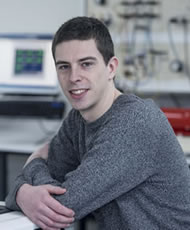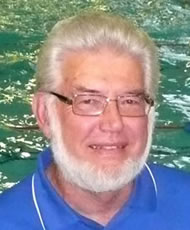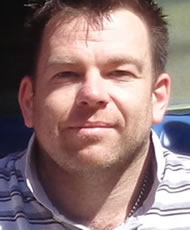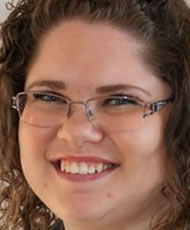The University of Southampton has been celebrated as a national leader in student entrepreneurship after being named a runner-up in the 2017 Guardian University Awards for its Future Worlds startup incubator. Future Worlds was highlighted in a shortlist of three finalists for Entrepreneurship at a ceremony in London on Wednesday evening.
The growing entrepreneurial ecosystem, which was launched in Electronics and Computer Science/ Physics and Astronomy/ the Faculty of Physical Sciences and Engineering in 2015, is supporting innovators with ideas ranging from HGV fuel saving analytics to consumer electronics and mobile apps through an authentic Silicon Valley style startup culture.
Future Worlds is powered through a unique network of founders, investors and industry leaders. Since its launch in September 2015 this has grown to over 40 mentors, who include Directors of Apple, Salesforce and founders of billion dollar companies. Entrepreneurs are introduced to these mentors, given help accessing funding and inspired through a growing programme of events and competitions.
Dr Reuben Wilcock, Future Worlds founder and Principal Enterprise Fellow for the Faculty of Physical Sciences and Engineering, said: "Growing a thriving startup culture is the best way to help leading innovators change the world with their ideas and Future Worlds is making this happen.
âItâs been an honour to build such an incredible network at the core of Future Worlds. Every one of these mentors offers their advice for free, inspired to do so by the passion and drive of the entrepreneurs they help.â?
Over 20 University startups and spinouts have benefited from Future Worldsâ support in its first full year, with entrepreneurs raising more than £2 million between them and creating over 20 new jobs.
Professor Bashir Al-Hashimi, Dean of Physical Sciences and Engineering, added: âIt is extremely gratifying to see enterprising researchers and students from across the University commercialising their ideas with the support of Future Worlds. I am proud that this pioneering ecosystem was started through inspiring vision and investment from within the faculty and am confident that it will go on to generate ongoing measured impact from our world-leading research activities.â?
You can discover the latest innovations, articles and events from the Future Worlds network at www.futureworlds.com



